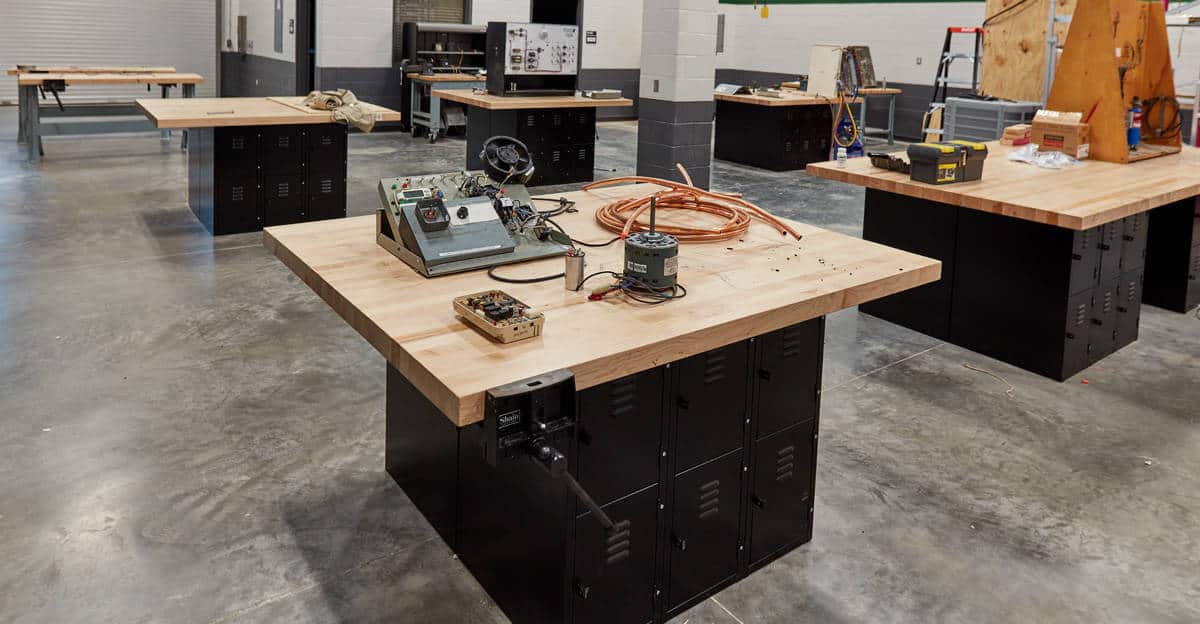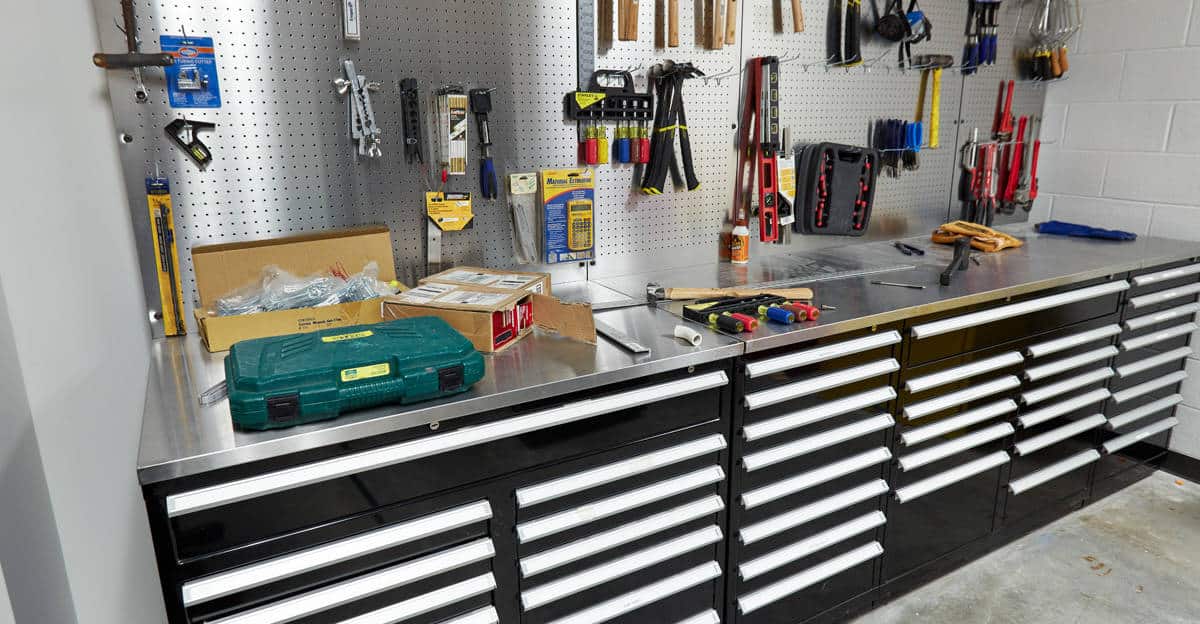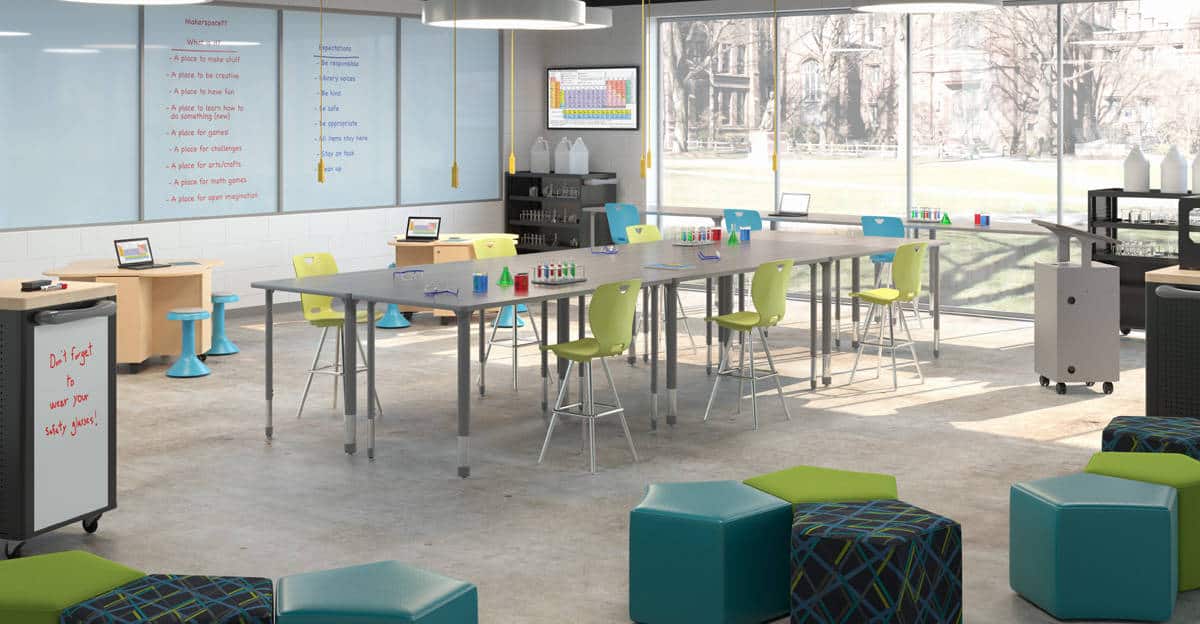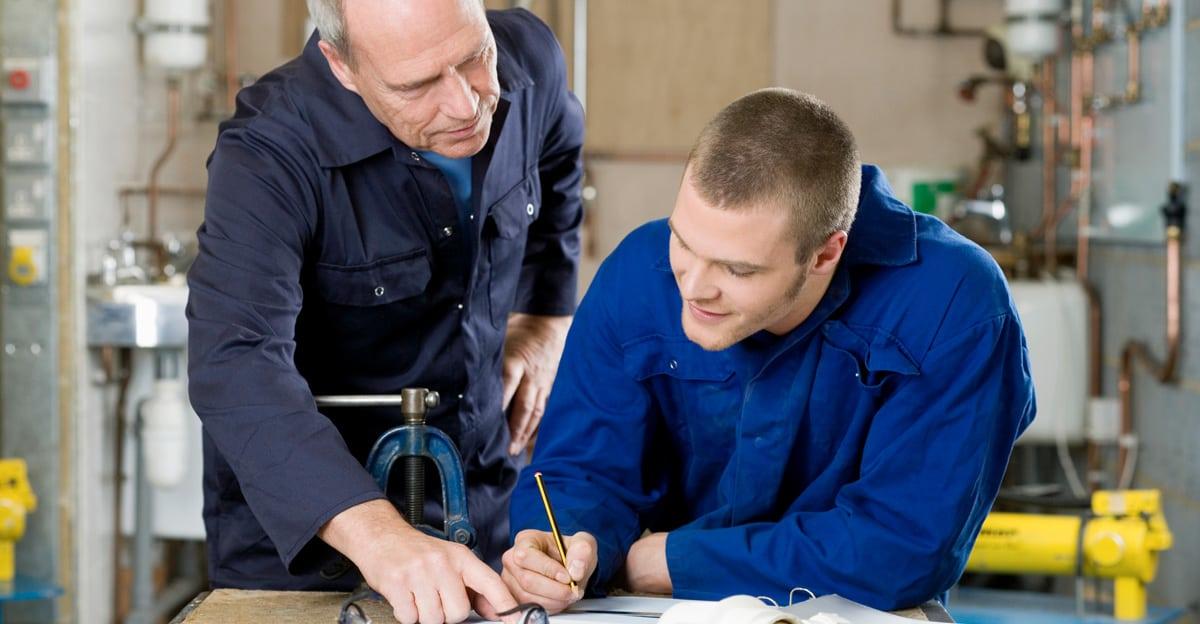To prepare students for successful careers once they graduate, career and technical education (CTE) programs should give them access to the same tools and equipment that professionals in those fields use every day.

Here are three strategies for equipping CTE learning spaces in a way that will support student success.
Turn to experts in the field for advice.
Talk with established professionals within each career field to learn what kinds of tools and equipment students should be using in your CTE programs. Convene an advisory panel of industry experts who can help you develop standards and specifications for computer hardware, software, machinery, and other equipment and supplies you’ll need.
Give students access to the latest tools of the trade.
When planning your equipment needs, make sure your list includes the most up-to-date tools used in each profession. Students shouldn’t be learning with outdated technologies and methodologies.

For programs involving the use of 3D graphics, video editing, gaming, and other resource-intensive applications, make sure the hardware you invest in can support these applications without a hitch. For instance, you’ll want 64-bit, multi-core processors running at speeds of at least 2 GHz, with SSD drives for extra storage capacity and monitors with 1920×1080 or higher resolution. Other common technologies found in CTE programs include 3D printers, scanners, laser cutters, and even virtual reality headsets.
Consider what infrastructure you’ll need to support the use of technology.
Of course, learning spaces must be able to support students’ use of these technologies, with enough devices for students to use or share as needed — as well as high-speed wireless connectivity for learning to occur seamlessly throughout the space.
There should be a large-screen display for whole-class instruction, as well as smaller, interactive displays for students to use in collaborative group work. Power outlets should be easily accessible throughout the room for students to charge their devices. Think about what technologies you might need to connect students’ devices to printers, projectors, and interactive displays, so students can complete and share their work.

To learn more about creating modern leaning spaces that effectively support CTE instruction, download our FREE guide, “How to Create Effective CTE Learning Spaces” today.
Download the Free Guide





Leave a Reply